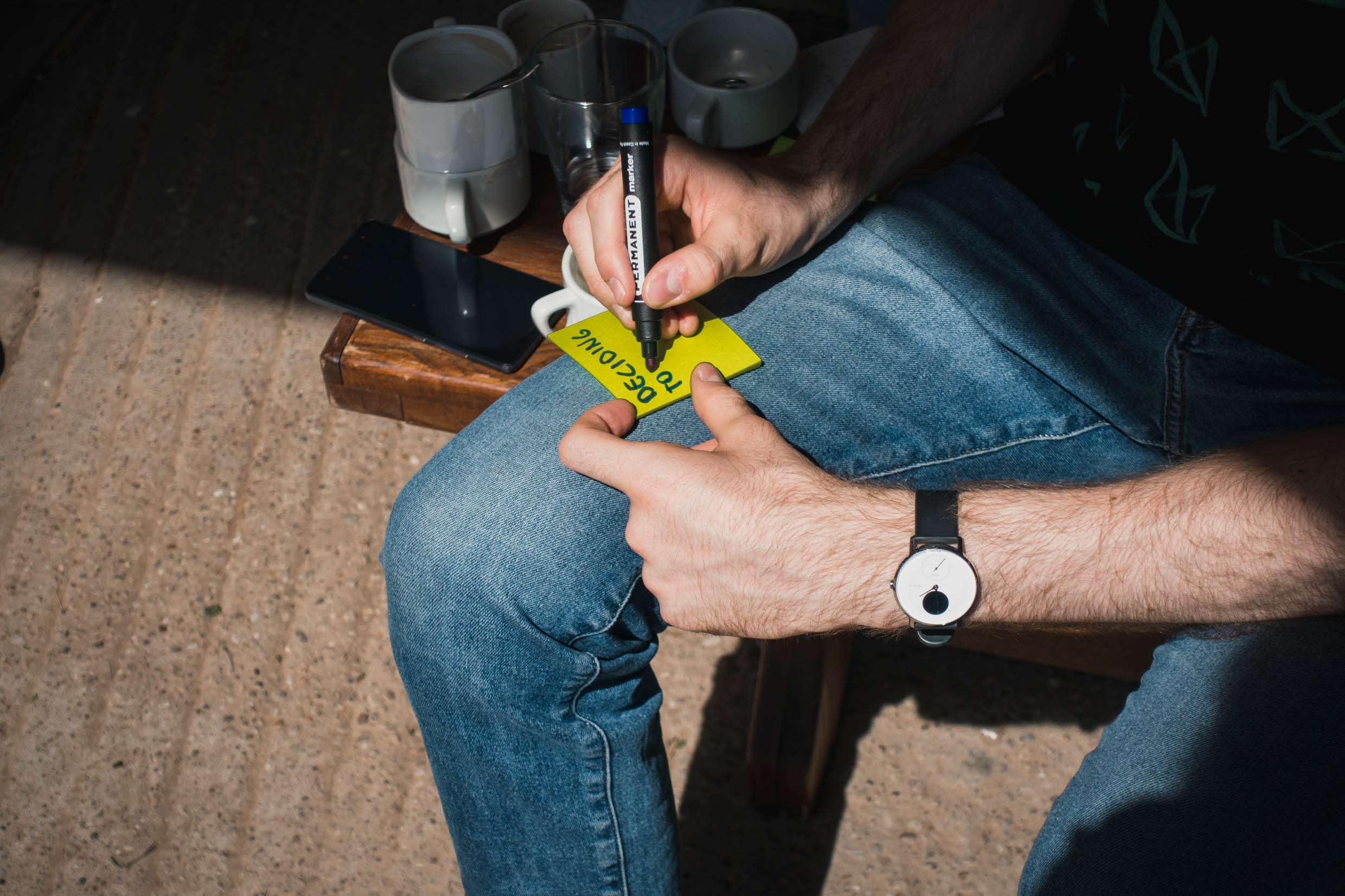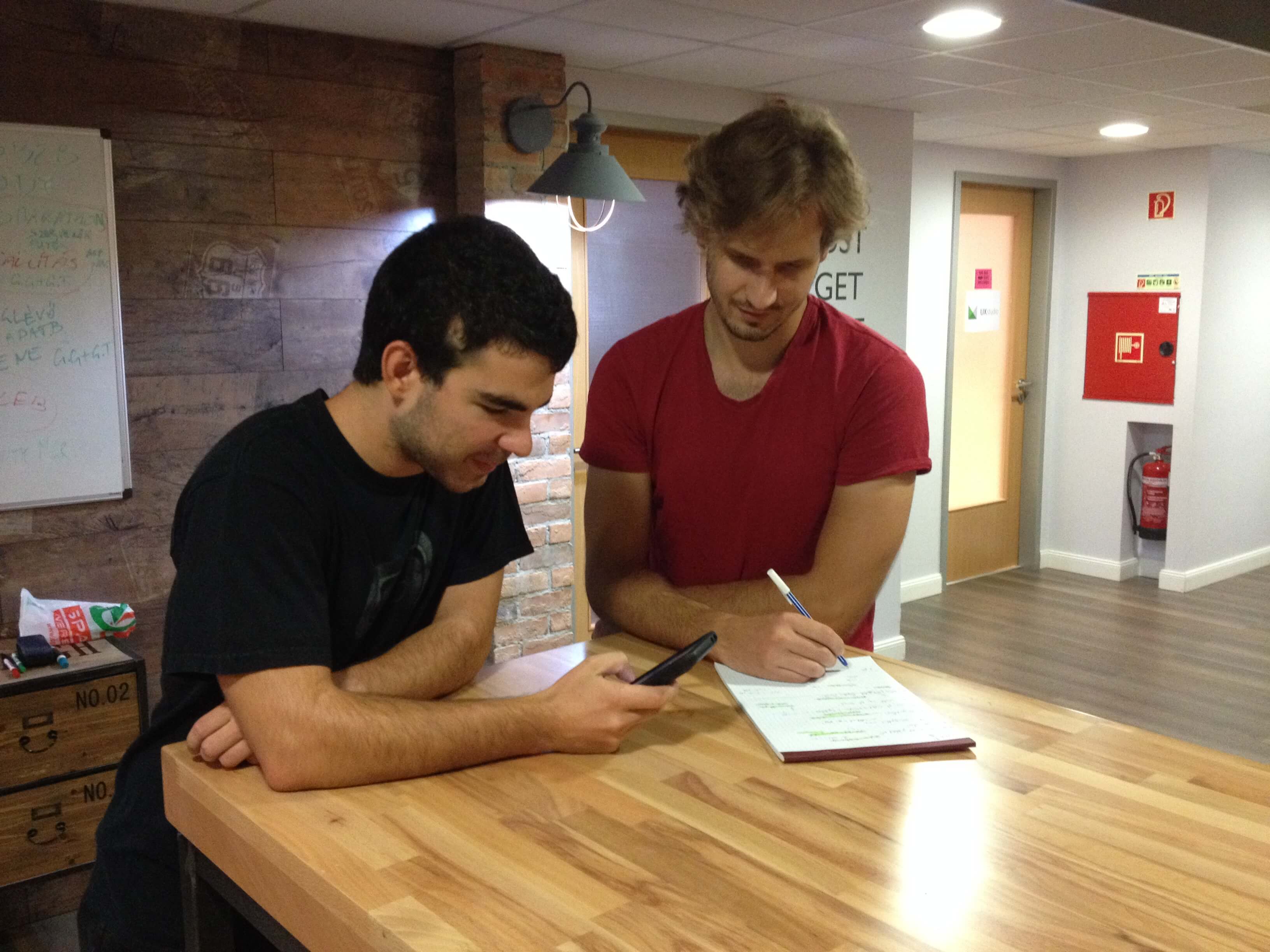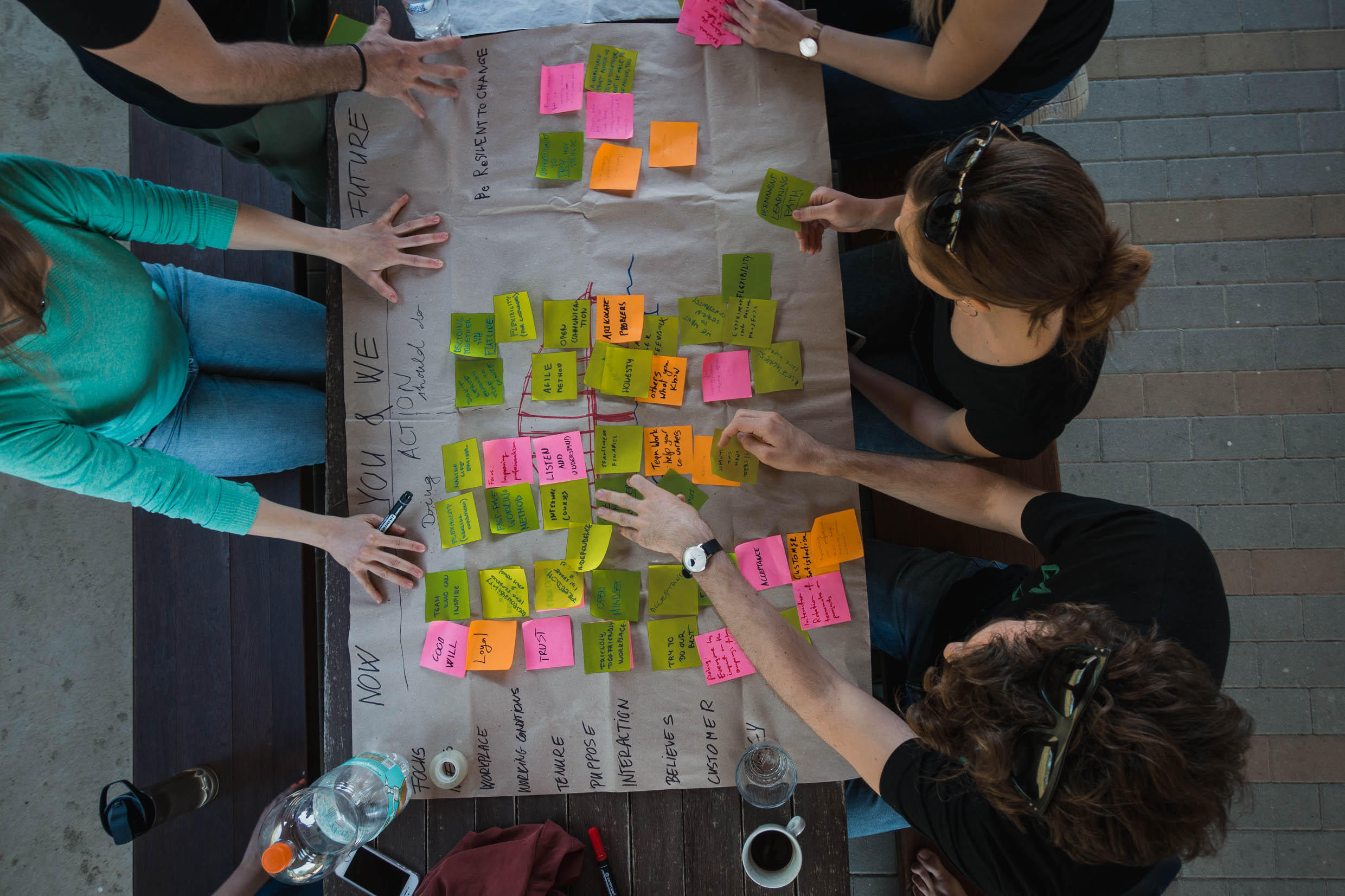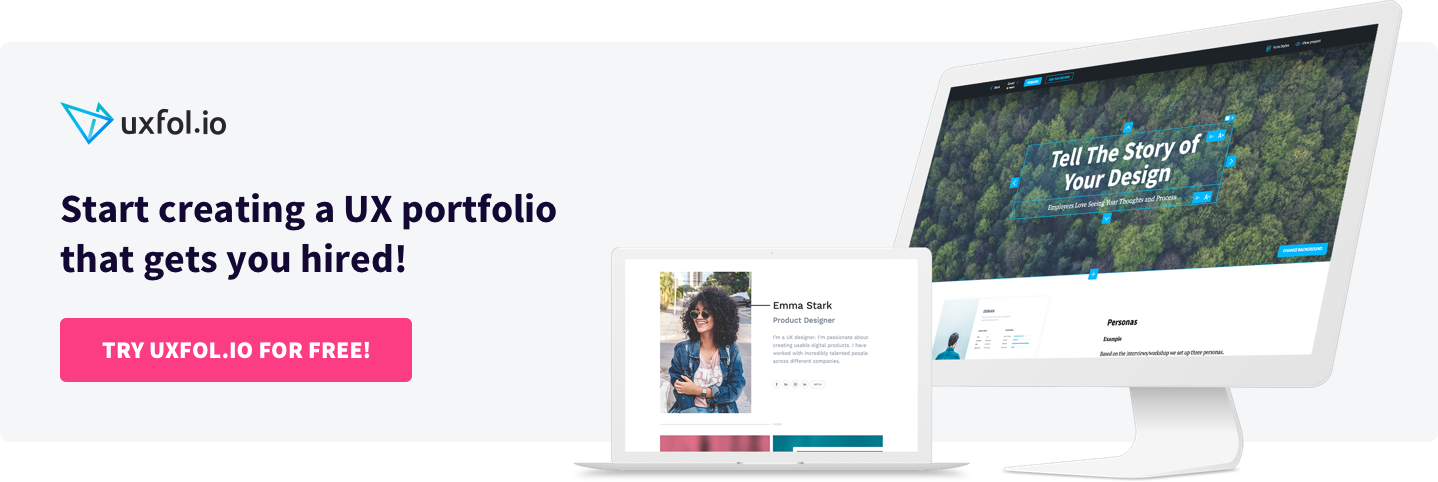As the CEO of UX studio and UXfolio, people email me every week asking how to start a UX career and become a UX designer or a UX researcher. This has led me to create a template answer.
I understand the demand. You could hardly choose a better profession than UX these days. Creative, high-tech and forward-thinking, it involves technology and humanity at the same time. High demand means we can get a pretty decent salary as well.
Digging into the countless articles on UX soon reveals the many different skills to learn before achieving success. From basic UX designer skills to interactions and digital interfaces, coding, research, marketing and cognitive psychology, so many exciting things need learning. Focus gets lost very easily.
I have interviewed hundreds of applicants for our designer and researcher positions, and have followed the UX career development of our current and past teammates as well. This has shown me the path the best UX designers follow.
How our best designers started their UX careers
Every six months, our design team goes to the countryside for two days to have some fun together and decide about our next big goals. Two years ago, we did a very interesting exercise on the retreat.
In small groups, everyone told their origin story as designers. We wanted to find our common ground and figure out why we had come together on the team. Although everyone had a different story, we found one simple thing came up again and again.
Most of us did not train as designers. I started as a computer science student; the others started with many different degrees and jobs. Later, we all turned to design because we realized we really love doing it.
During my hiring interviews I learned the best UX people come self-taught. Like we do, they realize they love to do design. Based on their answers to our UX designer interview questions, it becomes apparent that they first do it just for fun at the beginning, then it turns into a profession for them.
The self-taught learn quickly. They naturally strive to improve themselves, trying new tools and methods all the time and reading a lot in their fields. They really have a passion for UX, often much more capable than people who have design or UX degrees.
Not to discount formal education, I know many great designers with degrees who prove its value. I just want to highlight the importance of enthusiasm and continuous learning.
So, what recipe did these great designers follow?

The best thing to do: Start designing
Those self-taught best UX people had a ridiculously simple recipe for starting their careers:
- Decide to work in UX design.
- Find great UX/UI blogs and designers to follow.
- Start designing imaginary websites or apps in your free time.
- Create a small portfolio once you have three or four projects ready, and apply for junior positions.
Focus on the second point. For those really interested in this field, it should come as a no-brainer. If not, you will find excuses (job, college, family, time, etc.).
Maybe do UX courses, training programs, UX design internships, or read UX design books but do not skip the second point. You can also learn coding, research, psychology, etc, but just starting opens the best path to UX design. It has proven that simple.
What if you want to work as a UX researcher, not a designer? Start doing research for an imaginary product. How do you design something if you have never designed anything before? Never fear, here comes an easy way to get started.

How to do your first side project?
First, choose a problem of your own to solve. Maybe while job hunting, you have found all the job sites annoying. You then have added incentive to solve this design problem.
Start with some interviews. Search for a few friends who have the same problem or had it not so long ago, and ask them to talk. Google for customer interview techniques, read a few articles and prepare questions. Keep it simple. No one becomes a top-notch UX researcher right away, so just keep at it and don’t mess too much with the details. Later you will have time to learn much more.
After two or three mini interviews (maybe even do them on chat…), summarize the learnings and create some personas. Download our template from our UX resources page. Look for repeating signals, things many interviewees said. Find their common problems, challenges, and motivations.
With their common pain points known, ideate on product features to solve them. If you have a new mobile app, how would it solve your friends’ problems? Armed with some feature ideas, sit down and build quick prototypes. Use the trial version of Axure, UXpin or Proto.io.
Call your friends back to show them the finished version for your first user tests. Observe how they use it. Note when they get stuck or don’t understand something. After each test, improve the prototype to solve the arising issues with a few quick tests. Now comes the UI phase (you know, when we create the beautiful design).

This time, switch to a UI design tool like Sketch or Figma, and create it in detail. Start by searching for app designs you really love and think would fit well with yours. Spend a lot of time browsing other designers’ work and searching for inspiration on design sites. Choose two or three you love and imitate their style.
First, just create the UI design of one screen from your app. Do three to five different ones for the same screen and experiment with different colors, shapes, fonts and icons. Then choose the best combination and design the rest of the screens.
And boom! You have completed your first project. It takes really little, maybe a few weeks of the time after your day job. It might mean skipping social events for some nights drawing. You wanted to do that anyway, right?
To repeat:
- Choose a problem.
- Interview two or three friends it affects.
- Find common challenges and put them on a persona.
- Ideate on features to solve these challenges.
- Build a prototype.
- Test it with friends and improve it.
- Search for apps you love for their look.
- Choose one screen from your proto and experiment with different looks.
- Create the UI design for each screen.
Remember: Don’t aim for perfection on your first side project. No one creates great design in the beginning. Natural born designers don’t exist; everyone learns it. Go through this process quickly to get a taste. Then do the whole thing again and again with different projects each time.
Next: Portfolio and pro bono work
You will never feel done with your first project. Ideas for improvement will keep coming. A few screens will suffice. Just admit it won’t get any better anytime soon and pronounce it finished.
Most people first do a few side projects like this, then some pro bono (Latin, “for free”) for a non-profit or a friend’s small business. We have all done that website for our uncle’s store.
As soon as you have your first side project ready, start building your portfolio. Value them more than résumés. Get used to editing and improving yours because you will do so many times over your UX career. Use our product UXfolio. It will help you build a great online portfolio quickly and easily.
How to start building your portfolio?
Remember, we do these side projects and pro bono work to build a great portfolio to help land that first junior UX job.

With your first project done, start building your portfolio by creating a UX case study about it. Showcase each step of the design process from interviewing to prototyping and the final design. Write down why you did each of them and what you learned.
In UXfolio, we help your work with templates and guiding questions so putting together a first project for your UX designer portfolio will come easy. When you have three or four great ones, start applying for junior positions.
Summary: Learn it by doing it
Learn design by doing design. Get started with your UX career as soon as you can.
You will quickly figure out if you like it enough to spend time on it. This approach will also teach you to always be learning and improving your methods.
So, what project will you design first? What problem do you want to solve and then, present in your UX portfolio?
Click here to sign up and start building your UX portfolio with UXfolio!
